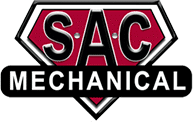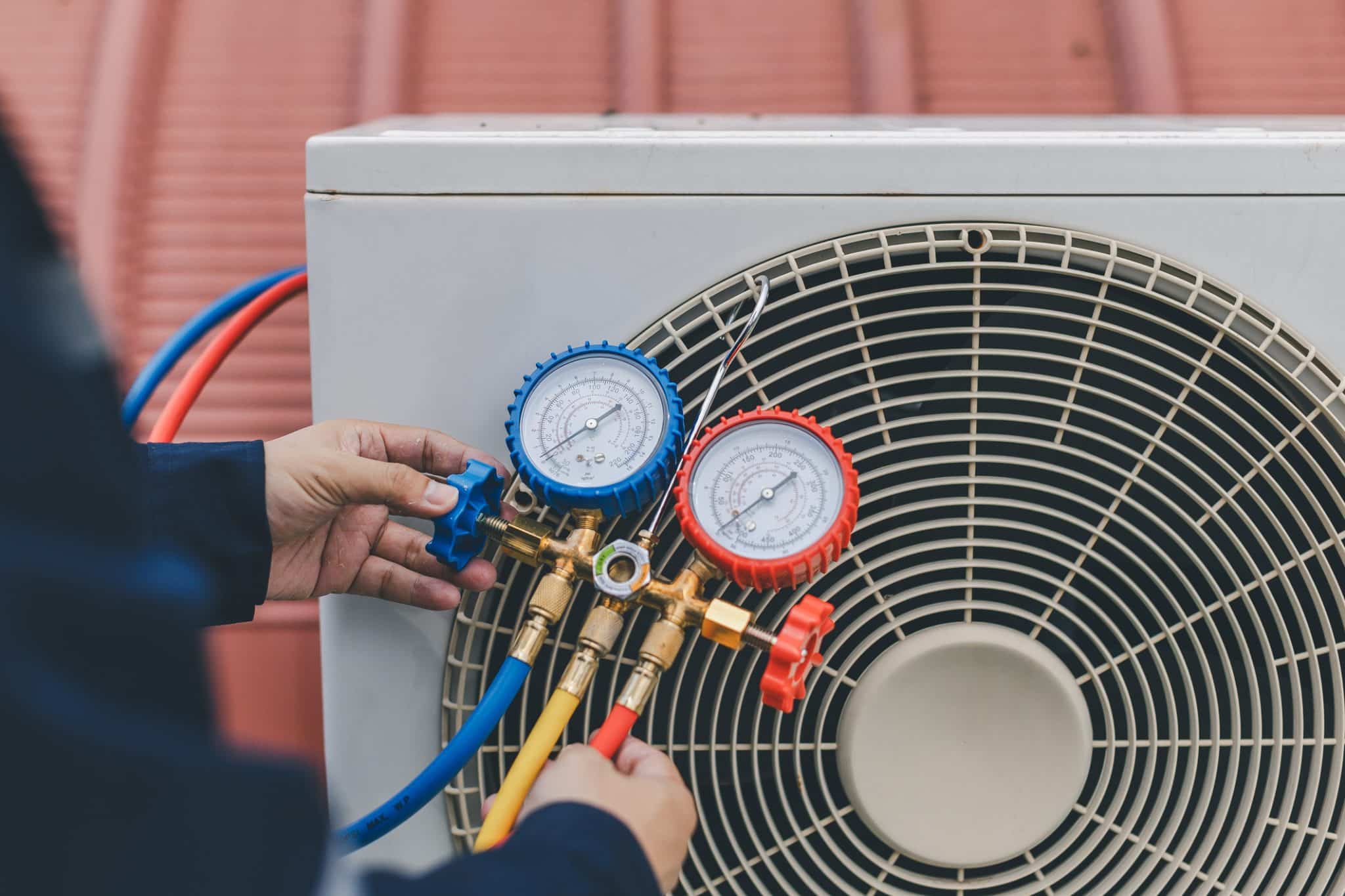Colorado’s unique climate of warm afternoons and cool mountain evenings can push aging compressors to their limits, leaving you with soaring energy bills and rooms that never quite reach the set temperature. If you’re wondering whether it’s finally time to upgrade your HVAC system, this guide will walk you through the five clearest warning signs and how SAC Mechanical can make the process of replacement simple and effective.
5 Signs Your AC System Could Use an Upgrade
#1—Cooling Bills Keep Climbing
If your utility statement has risen faster than local kilowatt-hour rates, the culprit may be a tired compressor, leaky coils, or a mismatched air handler. As refrigerant pressures drift and motors weaken, the unit runs longer to hit the same setpoint.
A modern variable-speed system matches output to demand, shaving peak-day energy spikes and qualifying for Colorado Energy Office rebates. Over a decade, those savings often offset a large share of the initial AC installation cost while slashing your carbon footprint.
#2—Uneven Temperatures in Different Rooms
Duct leaks, failing blower motors, or undersized equipment create pressure imbalances that leave bedrooms sweltering and home offices freezing. A professional HVAC upgrade starts with a Manual J load calculation and duct inspection to ensure every register receives the right airflow.
Pairing new equipment with zoning dampers or a communicating thermostat evens out temps so the whole family stays comfortable, no matter how many floors or additions your home has.
#3—Frequent Repairs & Refrigerant Leaks
One compressor capacitor this spring, an evaporator coil last fall, and now the tech says you’re low on refrigerant again. That repair stack is the classic “money pit” pattern. When annual fixes exceed 10 percent of replacement value, financial pros recommend investing in new equipment instead.
Modern coils use enhanced vapor-barrier coatings and factory-brazed joints that resist leaks far better than older copper designs. An AC upgrade eliminates stop-gap repairs and restores confidence that the unit will survive the next heatwave.
#4—Lifestyle or Home Size Has Changed
Maybe you’ve turned the attic into a guest suite, added a sunroom, started working from home full-time, or welcomed a new baby. Each change alters cooling loads and runtime patterns. A system sized for two occupants and 1,600 square feet can struggle when the footprint expands to 2,200 square feet, or electronics-laden offices raise internal heat gain.
Upgrading allows SAC Mechanical to right-size your capacity, integrate air-quality add-ons, and install smart controls that adapt to variable occupancy, so your comfort evolves with your life instead of lagging.
#5—Your System Is 12–15 Years Old
Most air conditioners last about 12 years in Colorado’s mixed climate. By year 10, the compressor’s efficiency drops, and by year 15, major parts may be discontinued, making repairs pricey or impossible.
Even if the unit still cools, it likely runs on outdated R-22 or low-SEER technology that can cost 30 percent more to operate than today’s SEER2 models. Replacing an elderly system before it fails avoids midsummer breakdowns and lets you schedule installation around your calendar, not an emergency callout.
Choosing the Right AC Installation for Your Colorado Home
SEER2 Rebates
Efficiency isn’t just a buzzword, it’s extra cash every month you have lower bills. Seasonal Energy Efficiency Ratio 2 (SEER2) has replaced the old SEER scale, using more realistic test conditions to show how a unit performs in real homes.
In Colorado, the minimum rating is 14.3 SEER2, but high-efficiency systems now top 20 SEER2, cutting cooling costs by up to 40 percent. The Colorado Energy Office and Xcel Energy both offer tiered rebates that can shave hundreds off the purchase price when you choose qualifying equipment.
Pair those incentives with federal tax credits for heat-pump systems, and suddenly the premium model often nets out similar to a basic one.
Sizing and Manual J Calculations
Bigger isn’t better. Oversized equipment short-cycles, leaving indoor humidity high and utility bills higher. Undersized systems run nonstop and still miss the setpoint on July afternoons. That’s why our comfort advisers perform a Manual J load calculation before recommending an AC installation.
We measure window areas, insulation levels, duct design, and even appliance heat gain to determine the exact tonnage your home needs today, not what a builder guessed a decade ago. The result is balanced air distribution, quieter operation, and a system that lasts longer because it isn’t fighting physics.
Questions to Ask Before Purchasing
- Expected lifespan: How many cooling seasons will this model typically serve before major repairs?
- Warranty coverage: Does the parts warranty include labor, and is registration required?
- Filter accessibility: Can I replace filters without tools or service calls?
- Smart-home compatibility: Will the thermostat integrate with my existing automation platform?
The SAC Mechanical Professional AC Upgrade Process
Every HVAC upgrade starts with a conversation. We tour your home, note hot and cold spots, and ask about your wants, quiet operation, allergy relief, lower bills, or all three. Next comes the detailed load calculation: laser measurements of square footage, attic insulation checks, and duct-pressure readings. We’ll show you the data, compare equipment options side by side, and outline any duct modifications that pay off in efficiency and comfort.
Once you select a system, our NATE-certified technicians handle everything from equipment delivery to old-unit haul-away and modern AC installation that meets both manufacturer specs and Colorado mechanical code.
After startup, we balance airflow at every register, calibrate the thermostat, and provide a commissioning report that doubles as proof for rebate applications. Before we leave, you’ll know how to operate, maintain, and maximize your new investment. Even after we’ve gone, your crew will still be your point of contact for fine-tuning or any issues.
Extend Your New System’s Useful Lifespan with SAC
Protect your investment with three easy routines. First, swap the air filter every 60 days, or 30 days in areas with wildfires or excessive pollution, to keep the coils clean and airflow strong. Second, clear debris and grass clippings within two feet of the outdoor condenser so heat can escape. Finally, book an annual precision tune-up that checks refrigerant charge, cleans the evaporator coil, and confirms thermostat calibration.
Leading AC Repair & Installation in Colorado
With SAC Mechanical, you’ll enjoy transparent pricing, rebate guidance, and a team that treats your home like our own. Our NATE-certified pros design systems, file rebate paperwork, and more. Call us at 303-825-9483 or reach out online to schedule your assessment.

